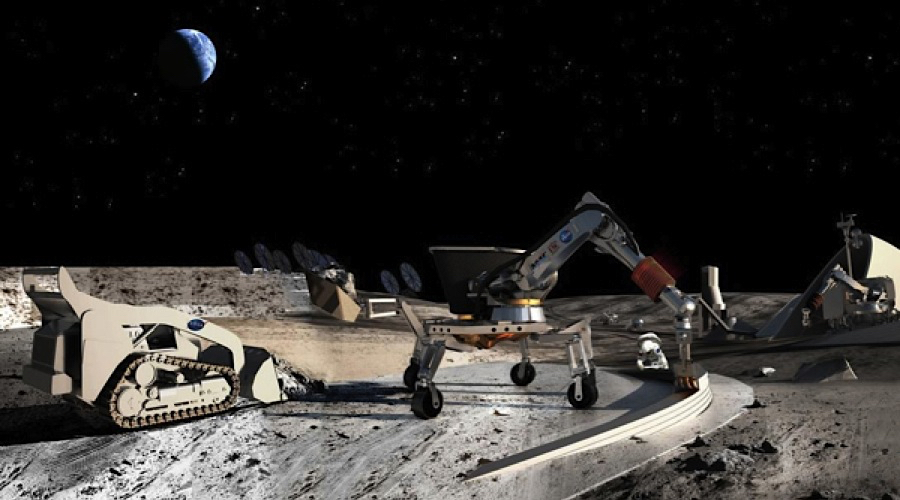
It may not be necessary to fire a billion-dollar spacecraft into orbit in order to find out the potential of mining asteroids. Instead, tiny spacecraft no bigger than a cereal box could be launched with the intention of intercepting potential mineral-bearing asteroids in order to see how likely it is they contain metals worth mining and returning to Earth.
Sound far-fetched? Possibly, but if the cost of asteroid mining exploration can be brought down to the millions from the billions, it could propel the yet-to-be-proven mining method closer into the realm of the probable. At least, that is the hope of a group of scientists who presented the concept at the annual fall meeting of the American Geophysical Union (AGU) in San Francisco.
The cereal box-sized “motherships” could be built for $10-20 million, a fraction of the cost of current asteroid-exploration spacecraft.
Called MIDEA (Meteoroid Impact Detection for Exploration of Asteroids), the mission concept “would launch tiny robotic scouts to rendezvous with asteroids and then study the material that minuscule impactors blast off them,” according to a post in Space.com. The results could reveal which space rocks make good mining targets.
The best part? The cereal box-sized “motherships” could be built for $10-20 million, a fraction of the cost of current asteroid-exploration spacecraft.
At the moment MIDEA is only conceptual, but it is receiving funding from NASA’s Early Stage Innovations program. According to Space.com, construction is a ways off, with a space flight likely to be at least five to 10 years away.
For now, the eyes of asteroid-mining enthusiasts will be on OSIRIS-REx.
In September NASA’s $1 billion spacecraft began a two-year journey to the asteroid Bennu, from which it will try gathering around 60 grams of dust, soil and rubble and return it to Earth.
Once OSIRIS-REx arrives at Bennu in 2018, it will spend a couple of years surveying the asteroid’s body using its five instruments — three spectrometers, a camera suite and a laser altimeter — to select a suitable site for sampling.
The craft will then carefully approach the celestial body — though it will never actually land on it — and extend a 3.3-metre arm that will fire nitrogen gas at the surface. This jet will break off samples to be collected and returned to Earth in 2023.
Geologists believe asteroids are packed with iron ore, nickel and precious metals at much higher concentrations than those found on Earth, making up a market valued in the trillions of dollars.
2 Comments
DavidSG
“Artist rendition of a mining operation in space”
All that picture illustrates is the artist’s total ignorance of near-zero gravity engineering.
BoggerEngineer
And it displays complete ignorance of Economics 101. Which mineral resources are so scarce on Earth that would justify this high an extraction price?
Long before we mine asteroids, it will be economic to go back into our landfills and re-mine for the refined metals we just threw away.